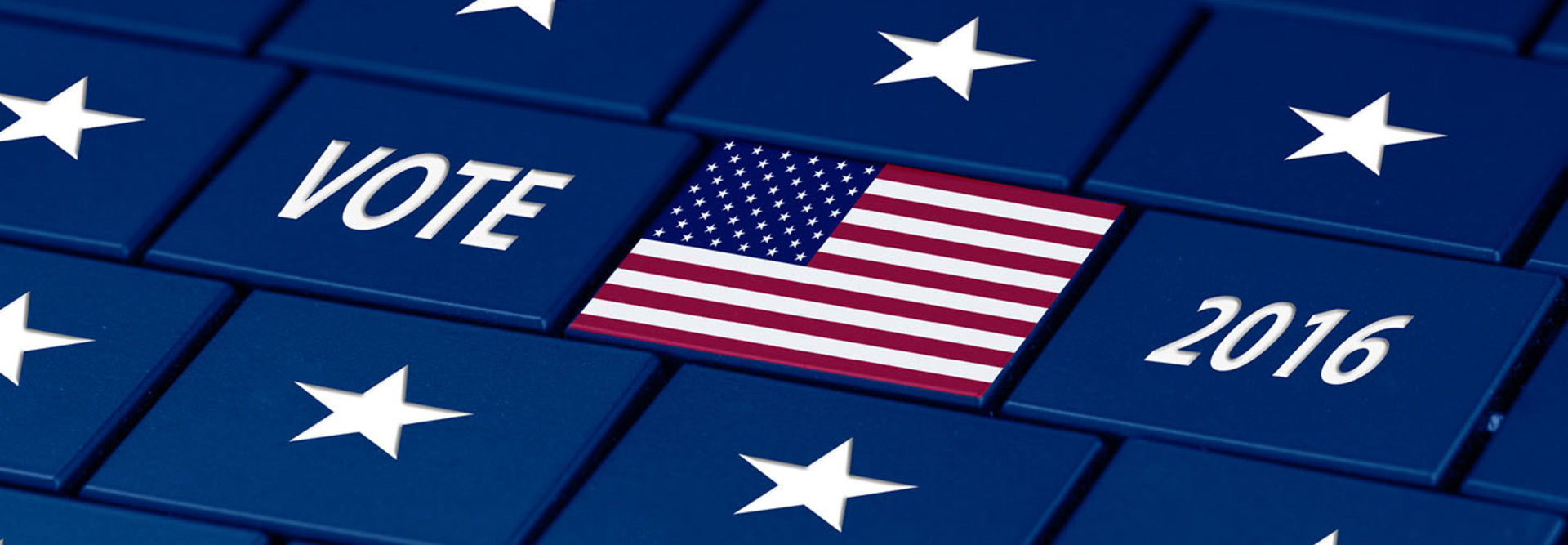How Voting Technology Fared This Election Year
The 2016 election cycle was historic, in more ways than one.
Given the increased visibility and discussion taking place minute by minute on social media, the chatter about bans on selfies at the polls and the intriguing use of Pokemon Go by both presidential candidates, it’s clear that technology was at the forefront of informing and engaging the electorate.
But the states, counties and cities responsible for organizing and managing the 2016 vote also had technology on their side.
For example, StateTech highlighted earlier this year how Hennepin County, Minn., rolled out electronic poll books to make poll workers’ jobs easier. The e-poll books are secure iPad Air devices that are managed with cloud-based software.
So now that the election season is over, how did the new devices fare?
“We were both satisfied and encouraged by how our new technology functioned and helped us in 2016. The electronic poll books functioned wonderfully on election day, and all the feedback I’ve received from our poll workers (which we call Election Judges in Minnesota) indicated that the devices were easy to use and really sped up the process of checking voters in,” says Hennepin County Elections Manager Ginny Gelms.
Hiccups with the technology on voting day were relegated mostly to minor events, Gelms says.
“We had a few minor issues in a handful of precincts to work through — for example, a printer or a hotspot going down here or there — but those issues were limited and did not affect the conduct of the election,” she says. “Our biggest challenges this year were not technology related, but had to do with the historic number of absentee ballots cast, both in person and through the mail. We anticipated this, however, and had been planning and preparing for three years to handle the volume.”
Security and Accuracy Loom Large in Discussions Around Election Technology
Post-election, there has been plenty of discussion about securing the vote and ensuring that ballots haven’t been tampered with and are easily stored in compliance with state and federal law.
In some cases, strangely enough, that has meant going back to paper ballots. Maryland made the switch this year, after pressure from the legislature to ensure the votes were reproducible, transparent and accurate, reported StateTech. But the paper ballots did have a technology component, as every vote was scanned and stored.
Along with implementing paper ballots, Maryland hired Boston startup Clear Ballot to conduct a post-election audit, reports Technical.ly Baltimore. Clear Ballot recently heralded the state of Florida for its completion of an automated audit of 14 percent of the state’s votes.
Planning for the Next Election Cycle’s Tech Needs
Some states are in better shape than others. Nebraska, for example, faces a dilemma as its voting equipment has aged out in some counties. Election officials are seeking funding for new equipment and even floating the idea of switching to an all-mail voting process, reports KWBE.
Current election equipment was purchased a decade ago with the help of federal Help America Vote Act dollars, Murante said. But those machines are becoming obsolete.
Murante said he believes the Legislature needs to act next year. That’s despite a nearly $900 million projected budget shortfall for the two-year budget period ending June 30, 2019.
Based on the state’s current equipment, updating election technology could cost $17 million, said Bri McLarty Huppert, director of voting rights for Nebraskans for Civic Reform, a nonpartisan nonprofit organization that works to make elections more accessible.
For Hennepin County, the goal for future election technology investments is to make voting as accessible as possible for all citizens.
“A major challenge for us is the age of our assistive voting devices for voters with disabilities. We hope to replace those devices within the next four-year cycle, but currently none of the next-generation devices comply with state statutory requirements,” says Gelms.
Being able to support and sustain more voters is the key performance indicator for the county, and by that measure, the e-poll books passed the test with flying colors.
“We had more voters in this election than in any previous election in Hennepin County history, and the Election Judges found that the electronic poll books helped them check voters in faster,” she says.









